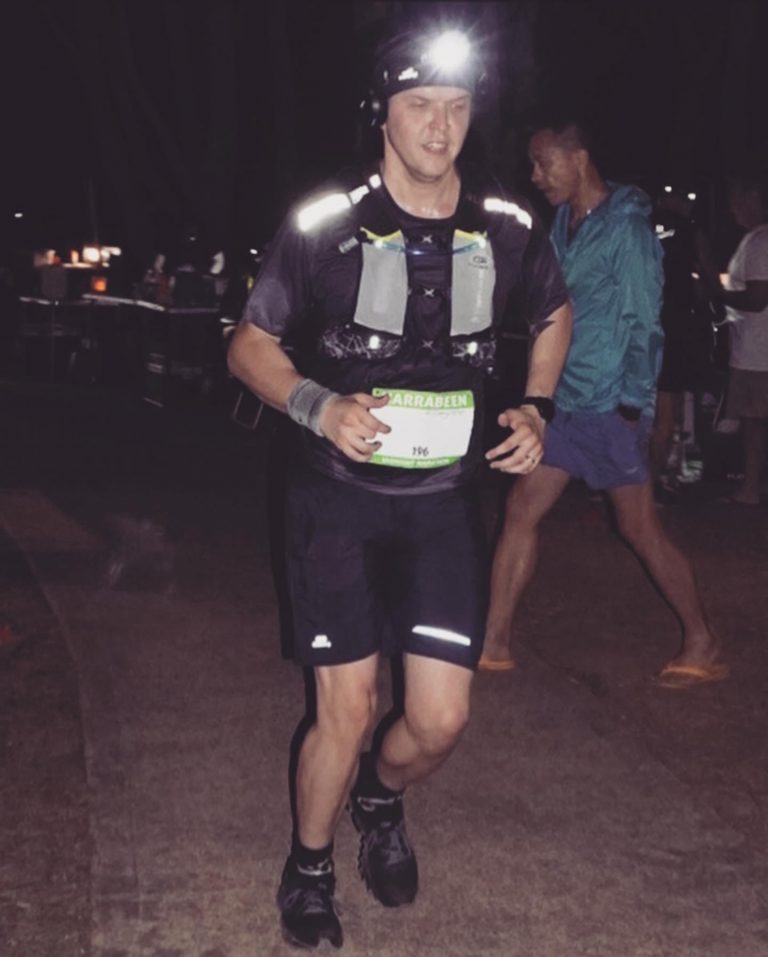Like all forms of physical exercise, running requires a lot of preparation in order to ensure your safety. While it may seem as simple as putting one foot in front of the other at a moderate pace, the truth is that there are plenty of mistakes that runners can make even before they get going.
A lot of this comes down to the shoes that they wear. Specifically, runners can experience certain hang ups when wearing the wrong pair of shoes, or wearing the same pair of shoes for every run.
The question, therefore, is this: should you rotate your running shoes? We are going to take a look at the answer to this below.
Why Rotating Your Running Shoes is Important
Although it may seem arbitrary, swapping out one pair of running shoes for another for every run can prove highly beneficial. Specifically, rotating your running shoes can help to prevent injury, as well as allow your shoes to last much longer.
Overall, there are three primary reasons as to why we believe it is essential for you to rotate your running shoes.
Eliminate Muscle Imbalances
Beginner runners will often settle for purchasing a single pair of running shoes to start with, without considering how well the shoes fit their feet. Over time, their bodies will get used to running in the same pair of shoes. However, because the shoes do not fit them as well as they should, their bodies will need to compensate for muscle imbalances.
This can cause issues in the runner’s stride, which in turn will eventually lead to muscle pain.
The human body is more than capable of adapting to the stresses it goes through. For runners, that means that over time, their bodies will adapt to the stress of running. However, because running is so repetitive, their bodies can sometimes become worn out or overstressed.
While rotating running shoes will not prevent the stress of running entirely, it can mitigate it to great effect. Running shoes affect how that stress is distributed within the body, and different pairs will distribute stress differently.
Therefore, by swapping out your running shoes for every run, you can effectively avoid overstressing one muscle, tendon, or ligament while strengthening others.
Shoes Stay Cushioned for Longer
Cushioned running shoes are often the ideal choice of footwear for runners. The level of comfort they provide while running simply cannot be compared to standard running shoes. However, cushioned running shoes are susceptible to the same wear and tear as regular shoes.
Specifically, after every run, the cushion (or foam) of the shoes will have molded according to the shape of your feet. This results in the overall level of cushioning (and therefore comfort) being reduced.
It can take up to 24 hours for the cushion in running shoes to revert back to its default state. Thus, switching to a different pair of running shoes allows the others to be as comfortable as possible for the next time you run. This, of course, also allows the cushioning to last longer.
Additionally, it is worth noting that adding cushioned insoles does not prevent the physical breakdown of the shoes. The more time you spend wearing cushioned running shoes without taking them off, the more they will change shape, which can drastically affect your stride.
Different Shoes for Different Runs
The biggest concern when it comes to purchasing a pair of running shoes is how well they will fit you. Or rather, how well they are suited to you. Your feet can match the size indicated on some running shoes, but you may start to feel immense discomfort after particularly long runs.
To this end, it is best to purchase different running shoes for different types of runs. This not only contributes to the longevity of your shoes, it also helps to ensure your comfort.
For example, minimalist running shoes (those without much in the way of design or aesthetics) are comfortable over short distances, but can prove to be strenuous on your feet. For longer distances, traditional running shoes will always be best.
Additionally, it is worth considering your particular needs as a runner. Some people experience different pains across different distances. Purchasing the right pair will help to keep your health in check, and keep you running for as long as possible.
Frequently Asked Questions On Rotating Running Shoes
With all that being said, you may still have some questions with regards to running shoes. Here is a list of some of the most frequently asked questions and their answers.
There are several different types of running shoes, each of which has been engineered for a specific purpose. These are some of the most common:
Neutral running shoes: These shoes are designed for the average runner who faces no issues with their stride or gait. Most runners will get plenty of use out of these.
Stability running shoe: These shoes have been engineered to allow runners with feet that roll inward, either due to weakness in the hips or as the result of flat or low arches.
Motion control running shoes: These are the next step up from stability running shoes; they are designed for runners who suffer from severe overpronation and feature medial supports and stiffer heels.
Running shoes do not have a set lifetime and can last anywhere between a month to a full year, if not more. This depends on the quality of the shoes themselves, as well as the frequency of your runs. The type of terrain you traverse will also affect their longevity. The typically mileage of most running shoes though is 300-500.
Two pairs of running shoes should be enough for the average runner. Those who want to compete in marathons would do better with four or five, at least. Again it is personal preference, and if you run on different terrains (eg, trails) then you will require another set of running shoes specific to that purpose.
Final Thoughts
Rotating your running shoes is essential to ensuring your health and safety over an extended period. You will also need to consider your individual needs before committing yourself to a pair of shoes. Hopefully, you have all the information you need to make an informed decision as to what shoes you should buy.

Marko Rakic is a trail runner and fitness enthusiast from Sydney, Australia. He is the lead writer for The Ultimate Primate and believes the best way to live a happy life is through constantly challenging yourself.
